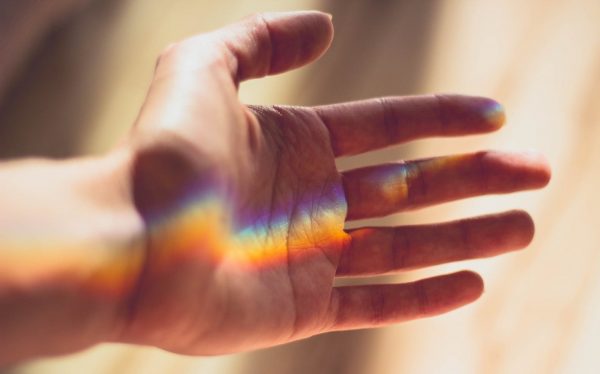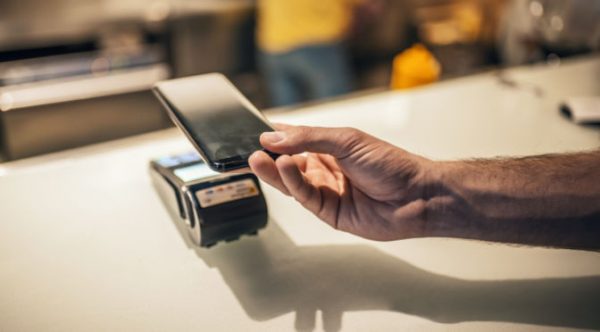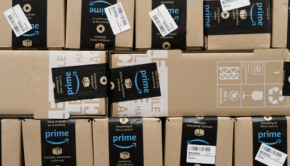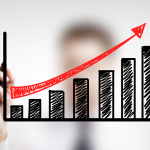Why does Amazon Want to Scan Your Hands
Your hands have become your identity! Yes, you heard it right. Amazon is developing a new payment service that would construct a 3D map of the hands of clients, allowing them to scan their hand print at Amazon shops. This is supposedly testing hand-scanning technology to enable future orders by clients at Whole Foods. The technicians of the e-tailing giant are peacefully experimenting scanners that can recognize an individual hand as a manner to ring a purchase from a shop. No doubt, Amazon has always been a user friendly website like the websites made through Webinar Flywheel™ . This is how it operates. The firm is presently testing the market in its own headquarters, making it possible for staff to make purchases with their hands from vending machines. The scheme can process transactions in just 300 milliseconds instead of taking card payments of three or four seconds, the New York Post reports.
Hand Geometry
While hand geometry is pretty reliable, as individuals have distinctive hands and don’t alter all across adulthood, hands are not as exceptional as fingerprints or irises, which are more common biometric scanners used in smartphones to unlock applications or pay. High-tech detectors vary from fingerprint sensors found on phones such as the iPhone, and do not require customers to tap the scanning surface physically with their fingers.
The hand browsing scheme of Amazon varies significantly from conventional fingerprint readers. Like iris scanners, there is no need to touch the scanner physically. Detectors instead use design of depth and imagery to define hands with amazing velocity and precision. Hand detection and scanning is more accurate because it’s much stronger than the other scanning method. This means that this technique will monitor not only the bottom of your palm, but the vein pattern running in your palm will also be scanned. Therefore, more information comes from a whole palm than from a finger print.
Payment system
The payment service will be made accessible to Amazon Prime customers who can connect a debit or credit card to a scan of their hand to enable them to benefit from quick check-out in stores. The new method of payment will also help to receive payments faster. While it takes three or four seconds for a typical card transaction, the new tech from Amazon can process the charge in less than 300 milliseconds, the report says. According to a research, the users put their hand over a scanner to define the shape and size of each side using computer vision and depth geometry.
Amazon Prime clients will have to go to shops to locate their hands and then connect to their accounts before using the payment system. Orville’s machine vision system would monitor the hand of a customer to store a thorough drawing of their shape and size, connecting that data to their accounts so they could check it out in the long term by waving their hands.
Speed and Cost
Amazon hand scanning and detection has been proved to be more fast and accurate than any other detection. It would definitely make payment faster and simpler for clients to move away from needing payment cards or even a mobile. In about 300 milliseconds, Amazon’s hand biometric payment service can perform the payment. It takes up to four seconds for debit and credit cards to do this. But what’s not evident is how to receive the scheme. There are privacy and safety issues with any bio metric scheme, and this seems to be anything that Amazon has regarded in choosing hand identification instead of face detection.
Amazon had made it easy
State governments, however, have enacted legislation prohibiting cashless shops, stating they support discrimination against low-income or younger clients who have no bank accounts, cards or smartphones. Amazon said previously this year that it would begin accepting money at its Amazon Go shops in reaction to these issues.
Manual geometry measuring systems use a digital camera and light for scanning. You merely position your hand on a flat surface when you use one and line up your fingers for precise reading. A camera requires pictures of your side and the shadows it casts. This information is used to assess your finger and hand length, width, thickness, and reflectivity. Then it is converted by an algorithm into a quantitative model.
And then of course Amazon understands the biometric data reams that could contribute to their solid client profiles of Prime. Such information will undoubtedly trigger worries about privacy and spark discussion over their comprehensive use of Ring information to assist law enforcement, as well as issues about the Alexa voice assistant, especially when people are used to review discussions, and personal discussions may accidentally overhead.
The technology, however, is supposedly precise to one-tenth of one percent. Amazon technicians are struggling per document to enhance it to a millionth of 1%. Amazon intends to make it a millionth of 1 percent better before its launch. That launch, Amazon hopes, will pop out by the start of 2020 to select Whole Foods shops and then broaden to all U.S. places after Amazon considers how clients and staff take it.



















